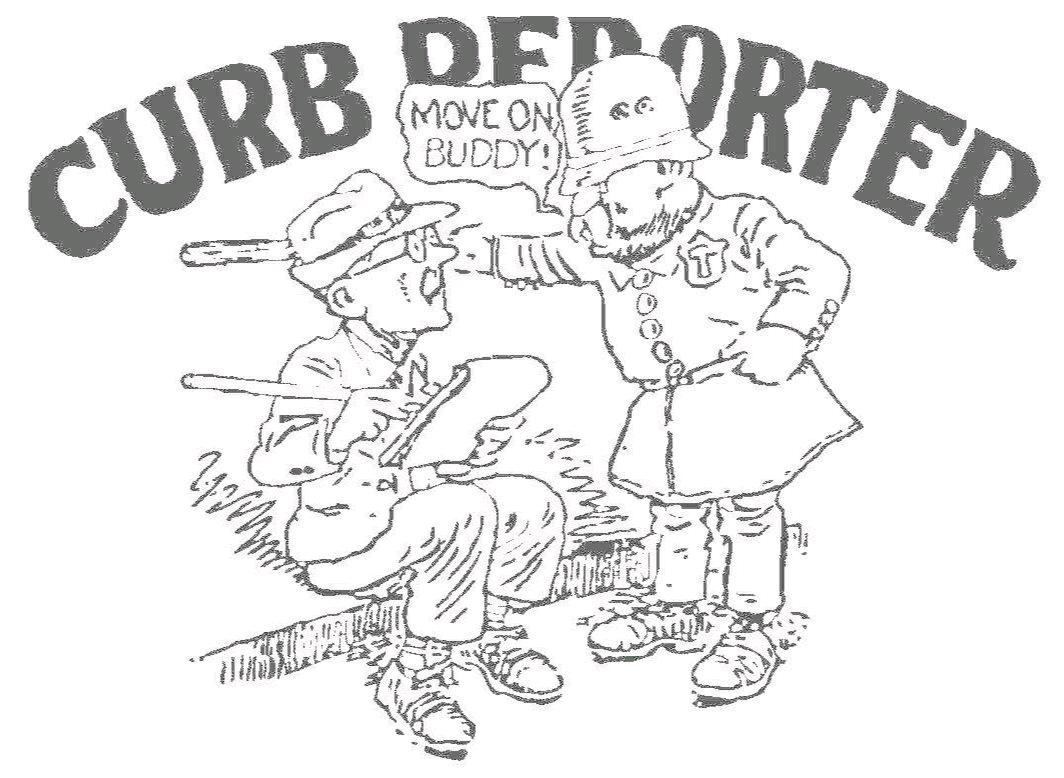Who has jurisdiction over area clear cutting?
Published 6:29 pm Friday, February 19, 2010
To the Editor:
In warmer weather, I enjoy walking my dog in Harmon field along the river.
On our last visit to the park we noticed the raw, scared landscape across the river mentioned in yesterdays article, Logging Operation makes way for St. Anthony Grotto.
Look in the opposite direction across Harmon Field toward town and witness the scared, clear cut hillside. These ravished areas are visible from numerous roadways. And who constructed the mud slide on Erskine Road?
In most North Carolina counties if you excavate more than an acre of land you are required to file for a permit. Because Tryon has such a small municipal boundary, I assume these shameful destructions to the landscape were outside the towns extraterritorial jurisdiction. Therefore the property owners acted in their own behalf and no one enforced any regulations regarding clear cutting, installation of silt fencing or the endangerment to protected species.
I am a firm believer in property owners rights, but there is or should be legislation, rules and regulations to protect the rights of all citizens when applied to our natural beauty and resources. The federal government protects endangered species and the state protects water quality through the Department of Natural Resources even if the counties or municipalities have no jurisdiction.
If not mistaken, the state spent considerable funds for stream enhancement at Harmon Field. As to the blemish known as St. Anthony Grotto, it seems the property owner is following the Catholic doctrine of committing the sin, confessing and asking for forgiveness.
The road to hell is paved with good intentions. For the rest of the community the views from our beloved park are scared by greed or self serving monuments to long dead Saints.
The time seems right to write and enact a tree ordinance to protect our municipal forest and the creatures that depend on its protection and most importantly to prevent the clear cutting of our neighborhoods.
Edward B. Chapman


